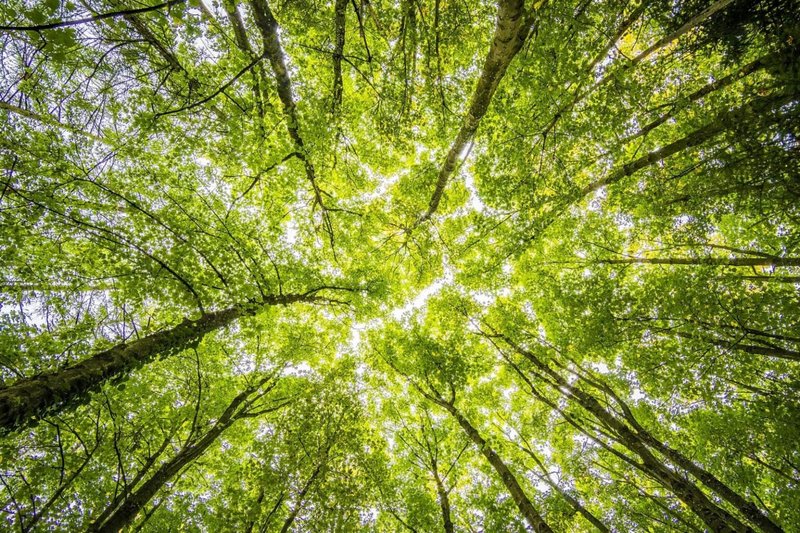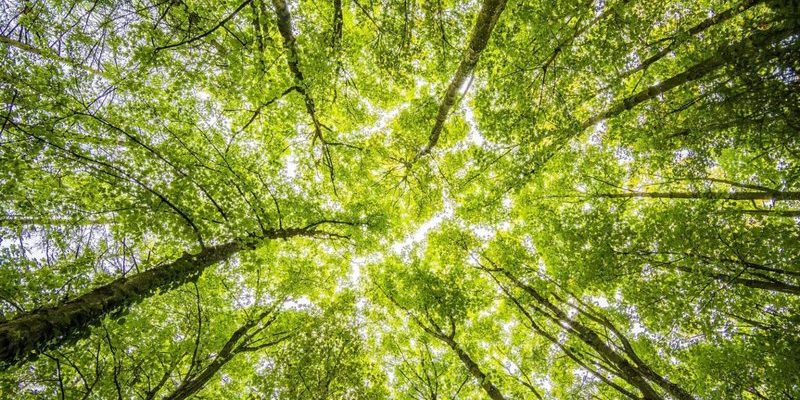
But where exactly can you find these fascinating reptiles around the globe? Sit back, grab your favorite beverage, and let’s make sense of their expansive territory. By the end, you’ll have a clear picture of the green anaconda’s home and why it’s so special.
Understanding the Habitat of Green Anacondas
Green anacondas are mostly found in freshwater habitats, which are like cozy living rooms for them. Think about it: they prefer places where they can easily glide in and out of the water while having nearby spots for basking in the sun. Their primary habitats include swamps, marshes, rivers, and lakes throughout South America.
Here’s the thing: these snakes are not just about finding water. They also need a specific environment filled with dense vegetation and a warm climate. This kind of habitat lets them hide from predators and sneak up on their prey. So, if you ever wander into the Amazon or the Orinoco River basin, you might just catch a glimpse of these majestic reptiles coiling near the banks, resting quietly.
Geographical Distribution in South America
When we talk about the geographical distribution of green anacondas, it’s primarily centered in South America. They are commonly found in several countries, including:
- Brazil
- Colombia
- Venezuela
- Guyana
- Peru
- Suriname
You might be wondering why these specific countries? It all comes down to the rich biodiversity and the numerous waterways that these regions boast. The Amazon River, for example, is a key player, providing the perfect habitat for the green anaconda to thrive. Here, they can find food sources like fish, birds, and even small mammals.
A fun fact: the name “anaconda” is thought to come from the Tamil word “anaikolra,” which means “elephant killer.” But don’t worry—these snakes usually target much smaller animals.
Specific Habitats Within Their Range
Now that we know where green anacondas are found, let’s dive deeper into the specific habitats within these countries. The green anaconda is quite the adaptable snake, residing in several types of environments:
- Swamps: Often filled with thick vegetation, swamps provide cover and hunting opportunities.
- Marshlands: These areas are rich in biodiversity and offer plenty of food.
- Rivers and Lakes: Calm waters are ideal for anacondas to swim and hunt.
Each habitat has its perks. For instance, swamps are great for camouflage while hunting, while rivers allow for swift movements. It’s a balanced life, where each setting plays a crucial role in their survival.
Climate Factors Affecting Anaconda Distribution
The distribution of green anacondas is significantly influenced by climate factors. They thrive in tropical and subtropical climates, which provide the warmth they need to regulate their body temperature. This is essential for their digestion and overall activity levels.
During the rainy season, when water levels rise and the environment is lush, you’ll find anacondas more active. They take advantage of the increased water flow to hunt and reproduce. On the flip side, during the dry season, they tend to become less visible, retreating to deeper waters or secluded spots to avoid the harsh sun.
As temperatures fluctuate, so does their behavior. In cooler months, anacondas may become sluggish, often seen basking in sunlight when they get the chance. If you plan to observe these snakes, timing your visit around their active seasons will make a difference.
Human Impact on Anaconda Habitats
Sadly, the habitats of green anacondas face threats from human activities. Deforestation, pollution, and development projects are just a few examples of how our actions impact their environments.
When forests are cleared for agriculture or urbanization, it disrupts the delicate ecosystems that green anacondas rely on. Fewer trees mean less shade and cover, which can lead to increased predation. Moreover, polluted waters can affect their health and food sources.
It’s important to recognize that protecting these habitats is not just about saving the anacondas; it’s also about preserving the entire ecosystem. Conservation efforts, like creating protected areas and responsible tourism, can play a significant role in safeguarding their future.
Conservation Status of Green Anacondas
Speaking of conservation, green anacondas are currently listed as Least Concern by the IUCN, but that doesn’t mean they’re out of the woods. Their populations are declining in certain areas due to habitat loss and hunting. While they may not be endangered globally, localized threats require attention.
Conservationists are working hard to ensure that these magnificent creatures and their habitats remain intact. Awareness campaigns aim to educate locals about the importance of green anacondas and the roles they play in maintaining biological diversity.
Every little effort counts! By supporting conservation initiatives, we can help ensure that future generations will be able to marvel at the beauty of green anacondas in their natural habitats.
In summary, green anacondas are truly fascinating creatures found primarily in the warm, wet environments of South America. They thrive in various habitats, from rivers to swamps, making them an integral part of their ecosystems.
But to keep the green anaconda’s story alive, we need to be mindful of our impact on their homes. By understanding where they live and the challenges they face, we can all play a part in protecting these incredible snakes. So, the next time you think about green anacondas, remember their majestic presence and the beautiful, complex habitats they call home. Cheers to our efforts in keeping their world flourishing!

